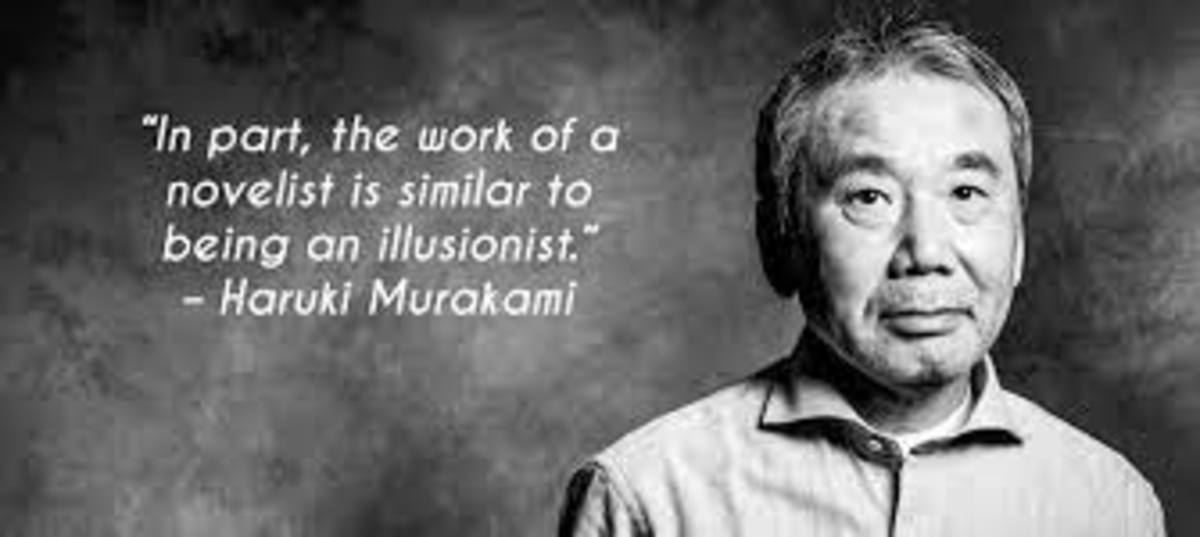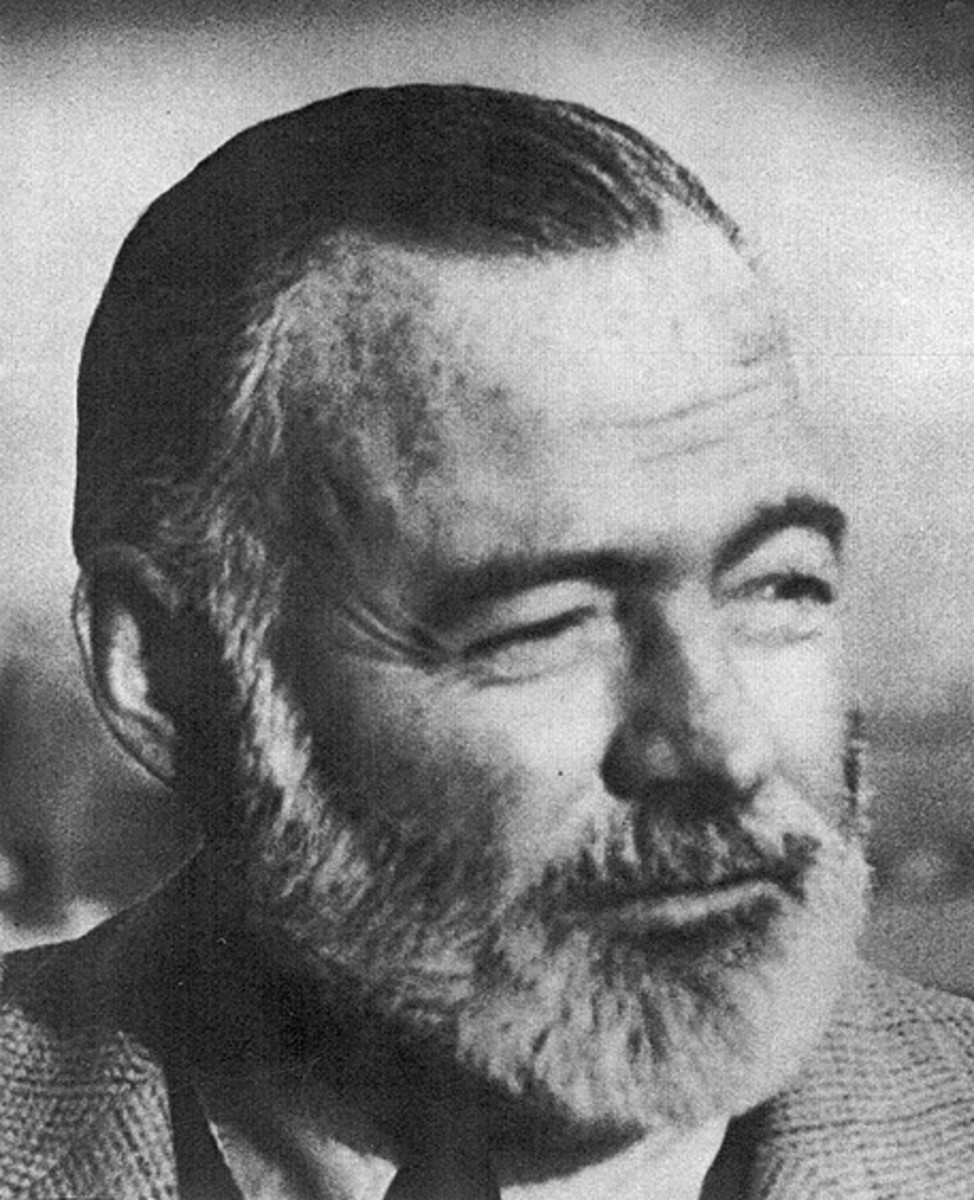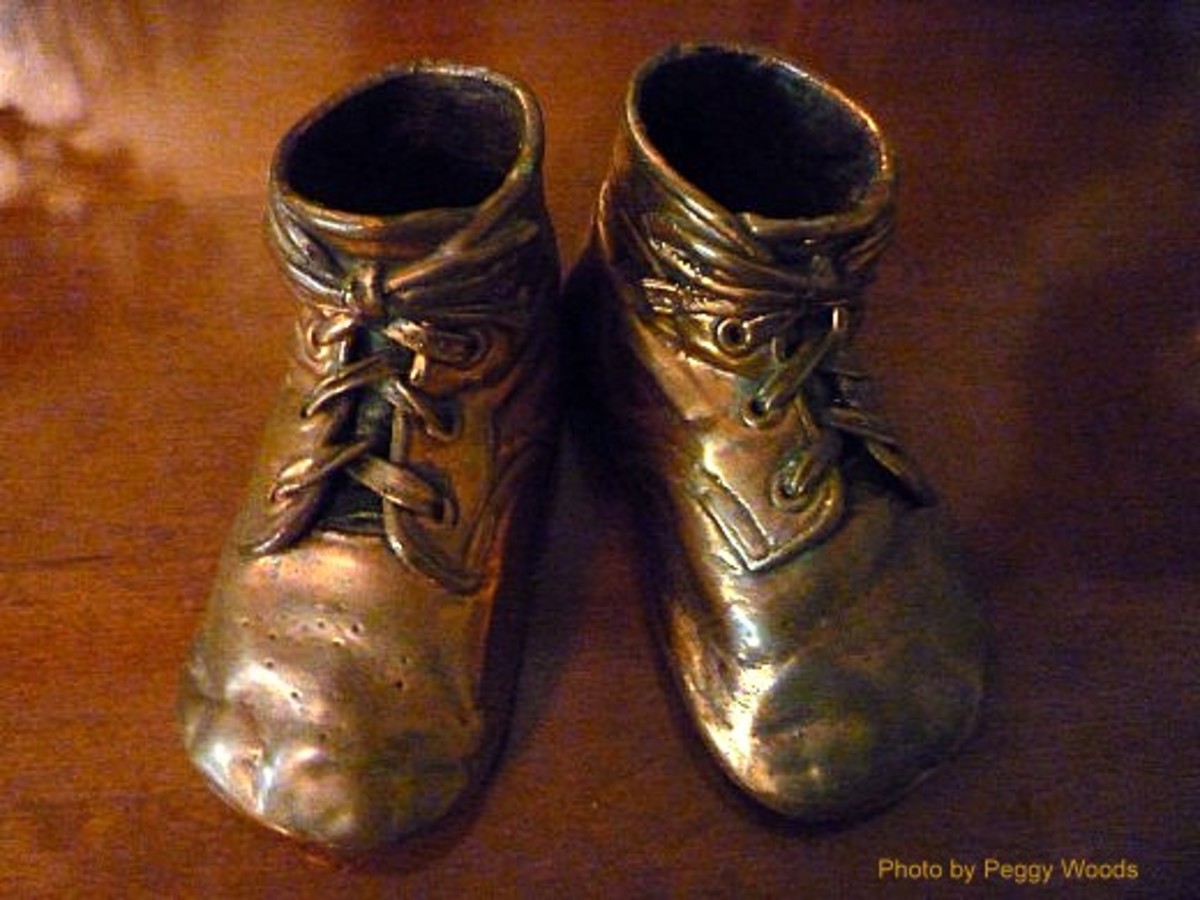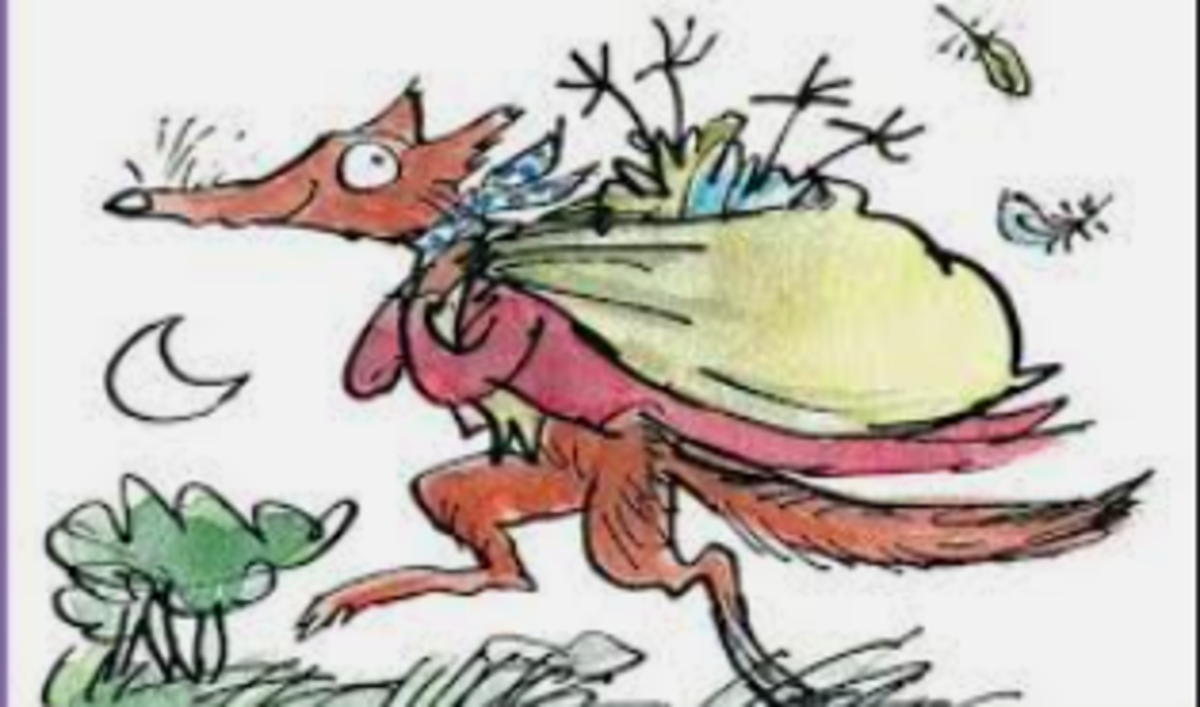The Six Word Story
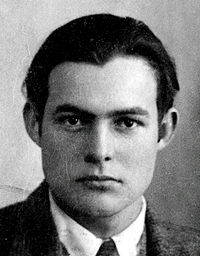
Rumor has it that Ernest Hemingway, already a master of brevity, bet a group of his friends ten dollars that he could write a short story in ten words or less. His friends took him up on the bet and Hemingway wrote this story, simply titled Baby Shoes:
"For sale: Baby shoes. Never worn."
According to legend, Hemingway won the bet and the genres of flash and micro fiction were born.
There is dispute over whether this actually happened, though it does seem to be in keeping with Hemingway's character and style. Anyone who's read stories such as Hills Like White Elephants and the Old Man and the Sea knows that Hemingway has a knack for leaving depth and meaning beneath the surface of the literary iceberg (more on that in the next section). The story's origins however, cannot be traced much earlier then the mid 1990's, leading many to conclude that the story about the story originated with Papa, a play about Hemingway, but not from Hemingway, nor his archive, himself.
Snopes.com officially lists the status of the story as undetermined and goes further in asking cleverly: "Which is the literary fiction-- the six word story itself or the claim the Hemingway wrote such a story?"
Unfortunately, with Hemingway's suicide on July 2nd 1962, the truth about this story was likely lost forever.
Putting that aside, whether or not the story above was actually penned by Hemingway, does it constitute a story? Does it have the elements of a story? Should Hemingway have won the rumored bet, or were his friends duped and bedeviled out of their money?
When is a story too short to be considered a story?
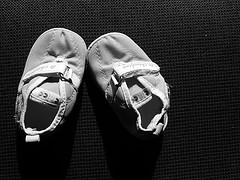
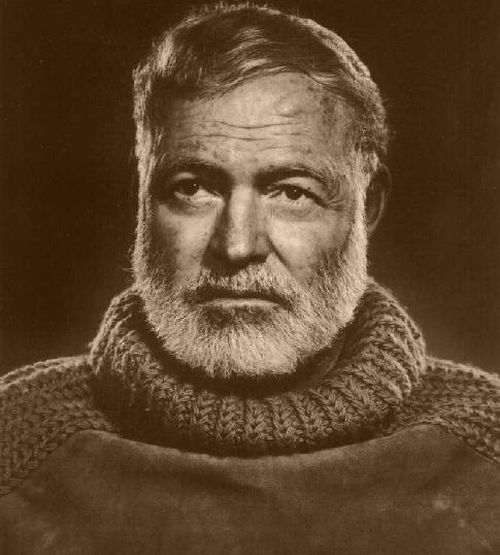
"For Sale: Baby shoes. Never Worn"
What do we have here?
We have a plot. Someone is selling baby shoes, presumably via a classified ad. This was a century before craigslist, so we'll assume they used a traditional newspaper classified ad, or maybe something like the Nickel Ads. Either way, someone is trying to get rid of something unneeded and/or unwanted. This is what drives our story and likely our protagonist(s). But who is our protagonist and why are they selling baby shoes? This is the hook of the story. This is why we keep reading. This is what we want to know and what Hemingway is choosing not to tell us. Hemingway stated in Death in the Afternoon that
If a writer of prose knows enough of what he is writing about he may omit things that he knows and the reader, if the writer is writing truly enough, will have a feeling of those things as strongly as though the writer had stated them. The dignity of movement of an ice-berg is due to only one-eighth of it being above water. A writer who omits things because he does not know them only makes hollow places in his writing.
That's what Hemingway has done with this piece. the story hinges on the "who" and the "why" and he lets the reader write the story in their head.
First, who is selling the baby shoes? Is it a woman, a man? A mother, a father? A grandparent? Perhaps a thief or maybe a sibling? Could it be the baby him or herself? What about a shopkeeper? A cobbler? In each of these potential protagonists, we have a potentially different story and a different level of interest,different mood and different tone. I challenge your to read the above story again with each of these characters in mind. what story do you come up with? What situation do you envision? What kind of mood are you in?
After the question of "Who", we need to ask "Why". Each of the above character options offers different possible scenarios for why the baby shoes are being sold and, moreover, why they have never been worn. Possible scenarios I often think about are:
- Was a baby still born?
- Was a baby never conceived and after years of frustration, a parent sells baby shoes intended for a hoped for baby?
- Was a baby born without legs?
- Is the person placing the ad a liar just trying to up the value on an item?
- Did the mother die giving birth to the baby along with the baby?
- Did a baby live into infancy but pass away before learning to walk?
- Did the baby simply grow too fast to ever wear that pair shoes?
- Does a shop specialize in new baby shoes, or is there a cobbler out there looking to drum up some business?
- Any other reason (fill in the blank here_____________)
As you can see, whether or not the story actually was created as the legend says, it's still a story and is full of richness and possibilities. Imagine if Hemingway had fleshed out such a story and told us what to see what to think, what to feel, who was involved and what their motives were? How much less would our enjoyment be if we could see the whole glacier rather then just the tip.
Elissa Minor-Rust, an author and creative writing instructor at Portland Community College, says that what you leave out is more important than what you put into a story. This is especially important in flash fiction and poetry. This story is a true example of this.
Further, Hemingway doesn't insult the readers' intelligence by telling the reader too much. He assumes an astute reader will understand and create their own story. Let that be a lesson. Showing vs. Telling, overstating vs understating, assuming your reader is intelligent vs assuming your reader is dumb,
We all overwrite in our first drafts. It's human nature and it's in our nature as wordsmiths. My challenge to you is to write a story and pare it down. take out all the unnecessary detail and information. Leave as much to the imagination as possible and assume your readers can fill in the blanks.
Challenges/Prompts:
1. Take one of the characters and scenarios listed above and write a story about it.
2. Write your own complete six word story.
Let me know, and I'll link it here.




